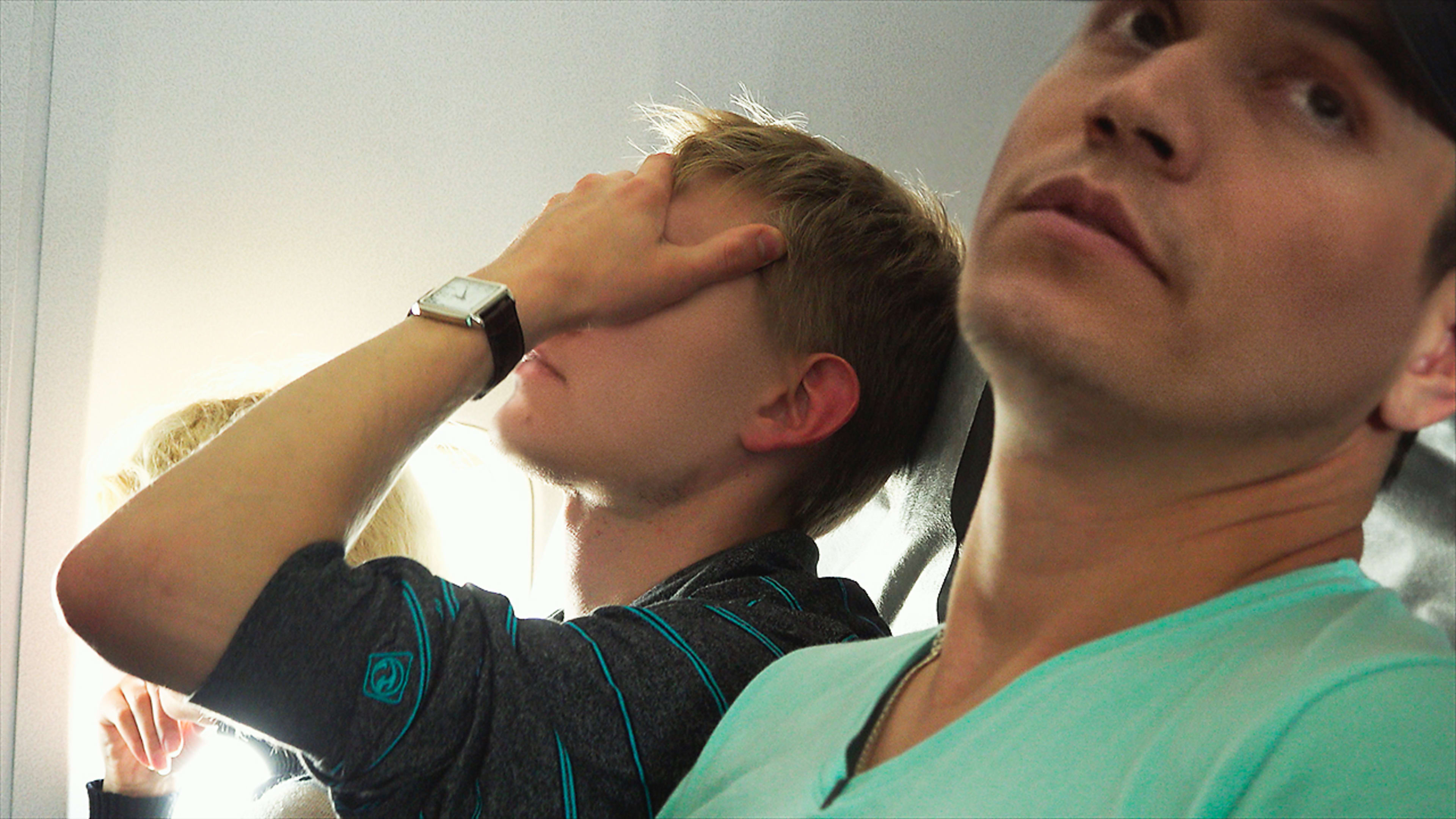In 2017, headlines began circulating with accusations that task forces in Chechnya were torturing and killing gay and lesbian citizens.
While homosexuality has long been highly taboo in the Russian republic, an alleged gay genocide sanctioned by the government attracted international attention. It also put a spotlight on the work of underground activists who have been risking their lives to help LGBTQ+ members in the region flee to other countries.
It’s the kind of story documentary filmmaker David France knew had to be told in depth. But exactly how to tell it became a monumental challenge.
“The first thing we spoke about when I reached out to the people in the shelter system was how could this be done without ever revealing that this was being done?” France says.
Welcome to Chechnya is a gripping portrait of the underground resistance safeguarding the LGBTQ+ community in Russia. Throughout the film, the stories of several victims intertwine to give a full picture of the persecution the community faces in Chechnya.
To do that without jeopardizing the safety of the activists and refugees, France relied on clandestine filming techniques and, of all things, AI.
Instead of blurring faces and distorting voices to protect identities, France landed on digitally swapping out faces using machine learning.
“I wanted to see their humanity,” France says. “But I promised them I would find some solution that would allow them to invite us on their journey without revealing who they were.”
The result is a truly innovative approach to maintaining a level of emotive storytelling without putting anyone in danger.
However, it’s nowhere near what France originally envisioned for his film.
Anonymous animation
France says he initially promised his subjects that he would use rotoscoping to conceal their identities. The animation process involves tracing over film footage frame by frame. It’s a technique that’s been used in traditional animated movies such as Snow White and the Seven Dwarfs but has also been stylized as an animation-and-live-action hybrid in such films as Waking Life and A Scanner Darkly.
“Unfortunately, it just made them look like cartoon caricatures of themselves,” France says. “We tried everything. We tried giving them enormous noses and enlarging their heads, but they still looked like them. And the more we twisted their features, it was failing on the emotional front as well.”
Tap into Snap
France then tried to take a page out of Snapchat’s playbook with filters.
“We tried masks. We had a stagecoach robber mask. We had the Batman mask, the Ninja turtle mask—we had names for all of them. But they weren’t working either,” France says. “And the technology wasn’t dynamic enough to allow the person to turn their heads and keep the masks on.”
Digital face/off
Finally, someone suggested deep fake technology.
Or, for the purposes of Welcome to Chechnya, the opposite of deep fakes.
“Instead of changing what a person seems to be saying or doing,” France says, “all we’re doing is changing their faces.”
France filmed several volunteers; then, through machine learning and face mapping, their faces were imposed nearly seamlessly onto his subjects. France also used voice doubles.
“We couldn’t believe it when the first sample came out,” France says. “That was the first moment I thought we were going to actually be able to take this movie out in the way the people in the film deserve to have it taken out, which is a film that you can watch and invest in and feel for.”
But even the solution of AI posed a problem: entering the uncanny valley.
France went so far as to reach out to professor Thalia Wheatley in Dartmouth’s Department of Psychological and Brain Sciences for a second opinion. Wheatley set up a study with students to determine which version of France’s digitally altered faces appeared the least disturbing.
“We tried various versions of it. We thought at one point maybe the viewer is going to need to see [the subjects’] actual eyes. So we tried to face transplant everything but the eyes,” France says. “That was a little off-putting for people. I think it was the difficulty in getting the lighting right on our volunteers’ faces to match the everyday lighting we experienced when we were filming.”

“We added a tell to this process so that when you see somebody with a digital face, it’s soft around the edges,” France says. “It has a kind of a halo effect. We wanted you to know that, because it helps to convey the risk that they were taking, that they had to wear somebody else’s face to do this.”
All in all, France and his team had 22 faces to work on, in addition to using visual effects to remove any landmarks or signage that may give clues to the shelter’s whereabouts as well as where the victims have fled to.
“I definitely feel a real responsibility to the security of everybody in the film,” France says. “There’s a lot of sleight of hand that went into the presentation of the film in order to be able to tell this fundamentally true story.”
Welcome to Chechnya premieres on HBO June 30.
Recognize your brand’s excellence by applying to this year’s Brands That Matter Awards before the early-rate deadline, May 3.
